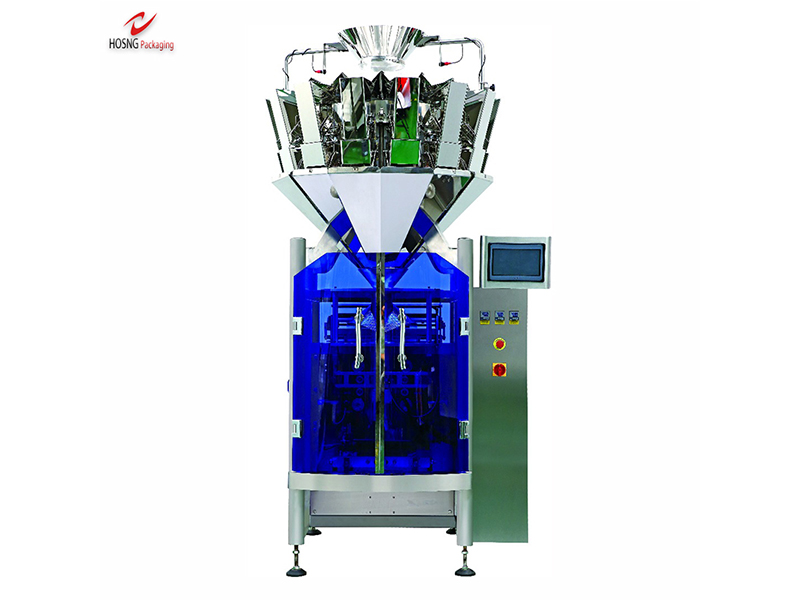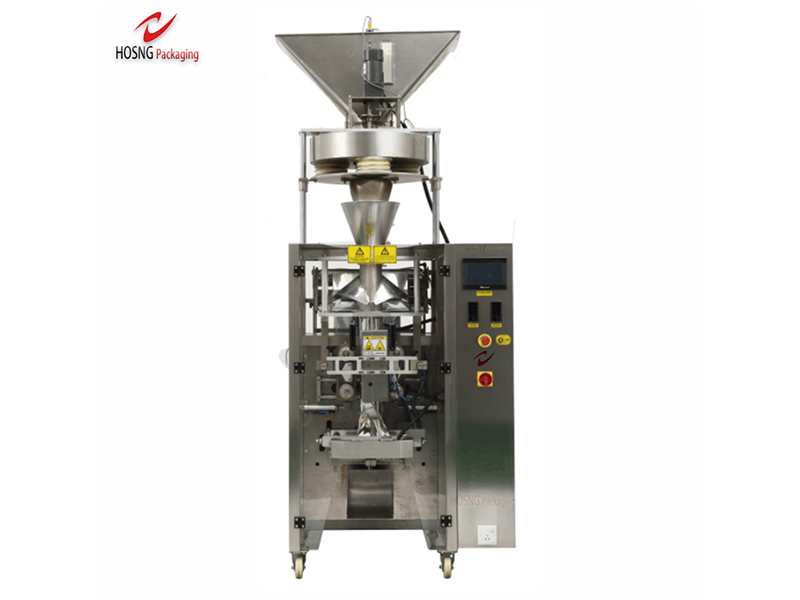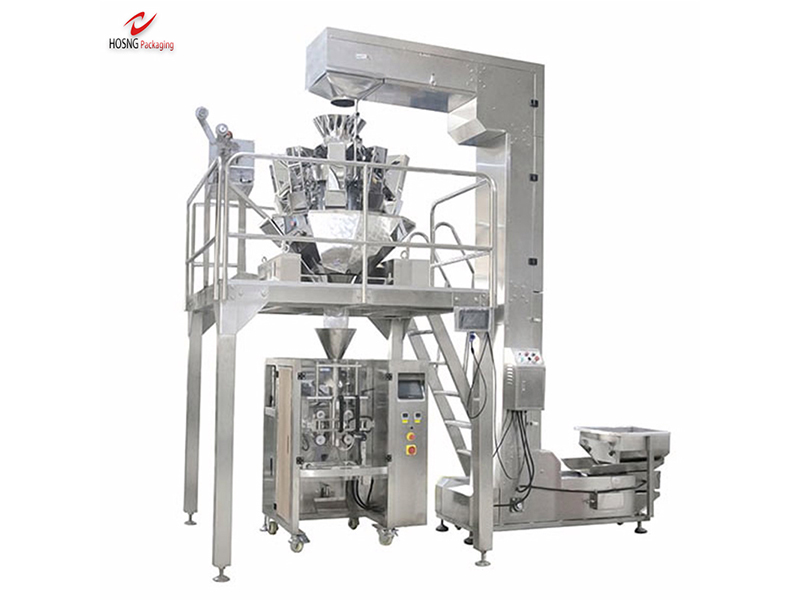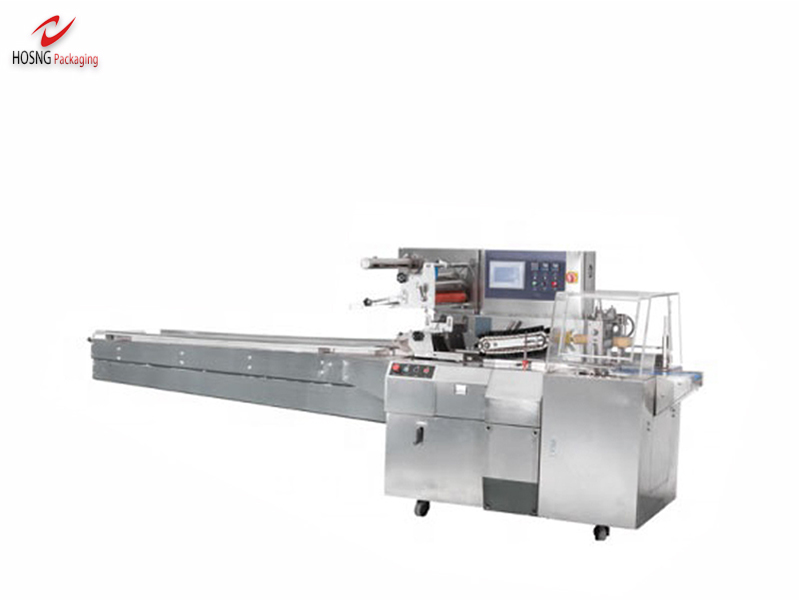Snack food packaging industry trends(individual packaging machine)
We are now living in a "snack" world. Many consumers use snacks instead of big meals. Small-package products in the snack food industry are the most enthusiastic among consumers. All these snack packaging forms have one thing in common: they were created to appeal and appease consumers who desire simple, portable snacks.
Snacks are a booming industry that is about to break through $ 87 billion. Through this survey, consumers can feel that single-serve packaging is a long-term snacking trend. In the snack industry, snacks account for 51% of all food sales, and 92% of adults in the United States eat snacks 24 hours a day.
Mintel's "Snack Motivation and Attitude" report believes that the frequency of consumer snacks is increasing. According to statistics, "5% of American adults snack every day, and the percentage of people who have more than 2 times a day is increasing." Fast food accounts for 51% of all food sales. Busy consumers no longer strictly eat during typical mealtimes, but instead eat snacks when hungry, sometimes without meals at all.
Kinds of Packing Machine




In the past, loose snack food packaging was standard. Consumers buy products in batches because bulk purchases are a frugal and responsible choice. However, the new generation of consumers first demands convenience and portability. Millennials and generations Z are no longer buying goods on price alone, and are willing to pay high prices for snacks that have been conveniently packed into single-serving packages.
Recent changes in dietary guidelines are also driving the trend toward snacking, which has begun to affect food markets that generally do not consider snacking. As newly released nutrition guidelines no longer disrupt fat, and the increasing popularity of ketogenic and low-carb lifestyles, dairy products are no longer considered a mixed food, meal or filling. Dairy products in single-serving packages are now growing as snack foods. Convenient dairy innovations now on the shelves include: cheese single-serve packaging, snack-sized cheese block packaging, protein packaging, and more.
As the transition from sugary snacks to salty snacks with higher fat and protein content, meat, like dairy products, has established a booming consumer market and individuals are pursuing a low-sugar and carbohydrate lifestyle. Beef, chicken and other protein products have long been at the core of the diet, and they still do. However, the recent repositioning of heavy protein products as health foods has also made protein health foods the focus of snack foods. Snack-sized cured meat pieces also appear in mobile protein packages.
Although it can be said that smaller packages produce more packaging waste, it can also be said that food waste is a bigger problem. In fact, "Packaging Digest" states: "The resources, materials, energy, and water used to make and distribute food are ten times more than the resources used to make packaging to protect food."
When items are packaged in bulk, opening, closing, and reopening the package after multiple uses can expose food to oxygen and contaminants that can cause obsolescence and degradation. On the other hand, single-serving packages are often eaten in a single seat, so there is almost no food waste.
Snacks are a booming industry that is about to break through $ 87 billion. Through this survey, consumers can feel that single-serve packaging is a long-term snacking trend. In the snack industry, snacks account for 51% of all food sales, and 92% of adults in the United States eat snacks 24 hours a day.
Mintel's "Snack Motivation and Attitude" report believes that the frequency of consumer snacks is increasing. According to statistics, "5% of American adults snack every day, and the percentage of people who have more than 2 times a day is increasing." Fast food accounts for 51% of all food sales. Busy consumers no longer strictly eat during typical mealtimes, but instead eat snacks when hungry, sometimes without meals at all.
Kinds of Packing Machine




In the past, loose snack food packaging was standard. Consumers buy products in batches because bulk purchases are a frugal and responsible choice. However, the new generation of consumers first demands convenience and portability. Millennials and generations Z are no longer buying goods on price alone, and are willing to pay high prices for snacks that have been conveniently packed into single-serving packages.
Recent changes in dietary guidelines are also driving the trend toward snacking, which has begun to affect food markets that generally do not consider snacking. As newly released nutrition guidelines no longer disrupt fat, and the increasing popularity of ketogenic and low-carb lifestyles, dairy products are no longer considered a mixed food, meal or filling. Dairy products in single-serving packages are now growing as snack foods. Convenient dairy innovations now on the shelves include: cheese single-serve packaging, snack-sized cheese block packaging, protein packaging, and more.
As the transition from sugary snacks to salty snacks with higher fat and protein content, meat, like dairy products, has established a booming consumer market and individuals are pursuing a low-sugar and carbohydrate lifestyle. Beef, chicken and other protein products have long been at the core of the diet, and they still do. However, the recent repositioning of heavy protein products as health foods has also made protein health foods the focus of snack foods. Snack-sized cured meat pieces also appear in mobile protein packages.
Although it can be said that smaller packages produce more packaging waste, it can also be said that food waste is a bigger problem. In fact, "Packaging Digest" states: "The resources, materials, energy, and water used to make and distribute food are ten times more than the resources used to make packaging to protect food."
When items are packaged in bulk, opening, closing, and reopening the package after multiple uses can expose food to oxygen and contaminants that can cause obsolescence and degradation. On the other hand, single-serving packages are often eaten in a single seat, so there is almost no food waste.
评论
发表评论